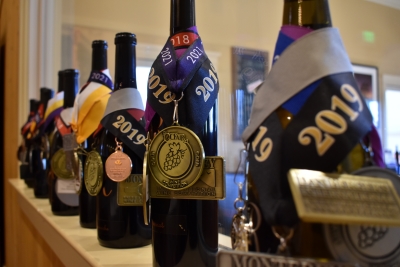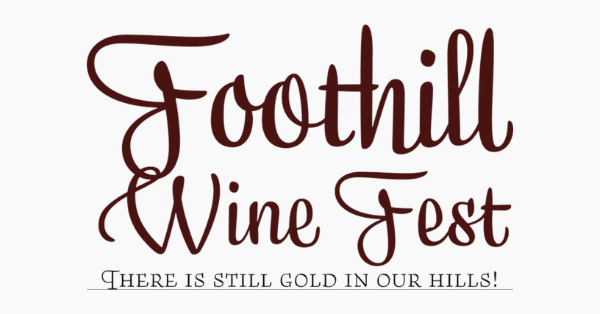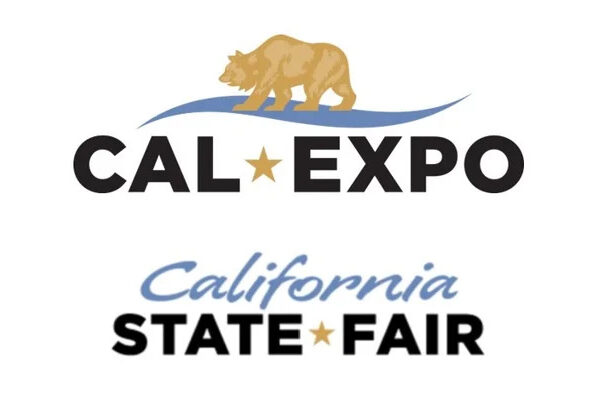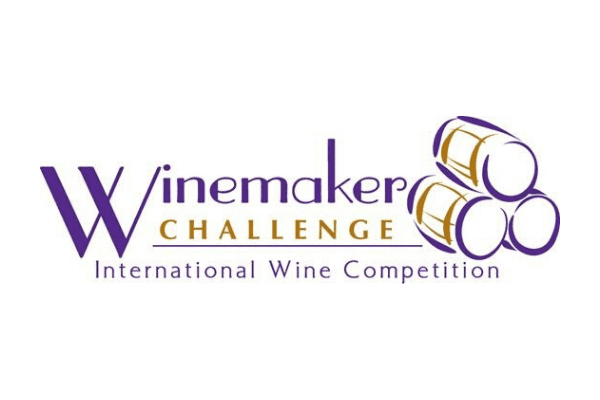Wine Competitions
 We enter for two reasons. The first is that like the producers of many other consumer products we would like to entice folks to try our wines. Seeking third party endorsements to provide an enticement is not uncommon. The wine industry is awash with publications that review and score wines. Wines with good scores are sought out and command a premium. When it comes to third party endorsements we travel a different path. We enter wine competitions.
We enter for two reasons. The first is that like the producers of many other consumer products we would like to entice folks to try our wines. Seeking third party endorsements to provide an enticement is not uncommon. The wine industry is awash with publications that review and score wines. Wines with good scores are sought out and command a premium. When it comes to third party endorsements we travel a different path. We enter wine competitions.
I prefer competitions to critic’s reviews. At a competition the wines are tasted blind with little to no qualification as to the appellation that provided the grapes, the reputation of the producer, and in some cases even the price of the wine. Sometimes I question the fairness of the playing field when a critic writes for a publication that accepts advertising. We don’t have an advertising budget, and I would prefer not to play that game.
Where does the critic get the wine? Usually the winery provides the sample. On rare occasions the critic acquires the wine from the marketplace; the same place you and I get the wine. These are the critic’s I listen to. I can be assured that they have evaluated the same wine that I can purchase and not a ‘special’ blend sent to a critic to put the best light on the vintage.

Wine competition winners at Jeff Runquist Wines
I also have a distaste for the numerical score given to a wine. I have yet to associate a flavor or aroma with 89 or 93. It also seems to me that the one component of a wine’s flavor that does correlate fairly well with the score is the tannin level of the wine. We spend so much time and effort to pack a wine with flavor while at the same time keeping the tannins from being too dominant that most critics don’t score our wines well. They are not tannic enough for a high numerical score.
The second reason we enter competitions is personal; validation. The wine industry is an ego driven business and I admit I have an ego, and I like to have it stroked. Entering competitions involves entry fees ($30-100/wine) and sending samples of wine (4-6 bottles) per entry. The cost adds up. On our profit and loss statement under marketing expenses we have a line for entry fees. The number next to it isn’t small, and at times I am tempted to rename it; ego gratification. I freely admit that it is immensely satisfying to earn a medal especially when it comes from a panel (three to five judges) of colleagues and or members of the industry. These judges are my peers and when a wine scores well across a number of competitions my confidence in the quality and style that wine has been validated.
There are more competitions every year and we can’t enter them all so which do we enter? The folks at ‘California Grapevine’ have tabulated results of what they consider the top competitions for years. Rather than try to evaluate the individual competitions we decided in 2019 to enter the ones deemed worthy by ‘California Grapevine’. We also added the local county fair competitions; El Dorado, Amador and Calaveras because they focus on the varietal grapes common to the Sierra Foothills.
We provide the results of these competitions to you via this gallery on our web site. Click on the competition and a summary of how our wines faired will be listed beneath a logo for the particular competition. If you are interested in how well a particular wine has performed, we have a grid that shows which competitions were entered and what judgement was rendered. For those of you that spend any time with the summary of results you will notice that not every wine is entered into every competition. This may be for any number of reasons. The primary one is that the wine has to be in inventory and available for sale. We do not and in most competitions are not allowed to enter barrel samples. Many of our wines are produced in such small quantities that they have sold out before they can be entered in more than two or three competitions. Sometimes regional competitions have restrictions on where the grapes were grown and so we don’t enter an Amador County wine into the Central Coast competition. To help sort through how well a particular wine did this season we have developed a ‘batting average’ for each wine. To generate this value we assign 7 pts for a special award; double gold, platinum, best of class, best varietal, 5 pts for a gold, 3 pts for a silver and 1 pt. for a bronze. We then add them together and divide by the number of competitions entered. Thus a wine that was entered into just a handful of events can be compared to a wine that saw entry into most all of the competitions.
2025 COMPETITION RESULTS
2024 COMPETITION RESULTS
-
-
- Dan Berger’s International Wine Competition
- San Francisco International Wine Competition
- San Francisco Chronicle Wine Competition
- Toast of the Coast Wine Competition
- Monterey International Wine Competition
- Winemaker Challenge International Wine Competition
- Los Angeles International Wine Competition
- El Dorado County Fair Wine Competition
- Amador County Fair Wine Competition
- Calaveras County Fair & Jumping Frog Jubilee
- Pacific Rim Wine Competition
- California State Fair Commercial Wine Competition
- OC Fair Commercial Wine Competition
- Critics Challenge International Wine & Spirits Competition
-
2023 COMPETITION RESULTS
-
-
- Dan Berger’s International Wine Competition
- San Francisco International Wine Competition
- San Francisco Chronicle Wine Competition
- Los Angeles International Wine Competition
- Toast of the Coast Wine Competition
- San Diego International Wine Competition
- Monterey International Wine Competition
- OC Fair Commercial Wine Competition
- California State Fair Commercial Wine Competition
- Pacific Rim Wine Competition
- Amador County Fair Wine Competition
- Winemaker Challenge International Wine Competition
- Calaveras County Fair Wine Competition
- El Dorado County Fair Wine Competition
- Central Coast Wine Competition
- Critics Challenge International Wine & Spirits Competition
- Foothill Wine Fest
- West Coast Wine Competition
-
2022 COMPETITION RESULTS
-
-
- San Francisco International Wine Competition
- Dan Berger’s International Wine Competition
- OC Fair Commercial Wine Competition
- Central Coast Wine Competition
- Critics Challenge International Wine & Spirits Competition
- OC Fair Commerical Wine Competition
- California State Fair Wine Competition
- East Meets West Wine Competition
- Calaveras County Fair & Jumping Frog Jubilee
- Winemaker Challenge International Wine Competition
- Toast of the Coast Wine Competition
- Pacific Rim Wine Competition
- Monterey International Wine Competition
- LA International Wine Awards
- Foothill Wine Fest
- Amador County Fair Commercial Wine Competition
-
2021 COMPETITION RESULTS
2020 COMPETITION RESULTS
2019 COMPETITION RESULTS
-
-
- California State Fair Commercial Wine Competition
- Calaveras County Fair & Jumping Frog Jubilee
- Critics Challenge International Wine & Spirits Competition
- Amador County Fair Commercial Wine Competition
- Central Coast Wine Competition
- East Meets West Wine Competition
- El Dorado County Fair Wine Competition
- Monterey International Wine Competition
- Jerry Mead’s NWIWC
- Los Angeles International Wine Competition
- Toast of the Coast Wine Competition
- San Francisco Chronicle Wine Competition
- San Diego International Wine Competition
- Pacific Rim Wine Competition
-
2018 COMPETITION RESULTS
-
-
- Amador County Fair Commercial Wine Competition
- Calaveras County Fair
- California State Fair Commercial Wine Competition
- Critic’s Challenge
- Dan Berger’s International
- El Dorado
- Los Angeles International Wine Competition
- Orange County Fair
- Pacific Rim Wine Competition
- San Diego International
- San Francisco Chronicle
- San Francisco International
-





















